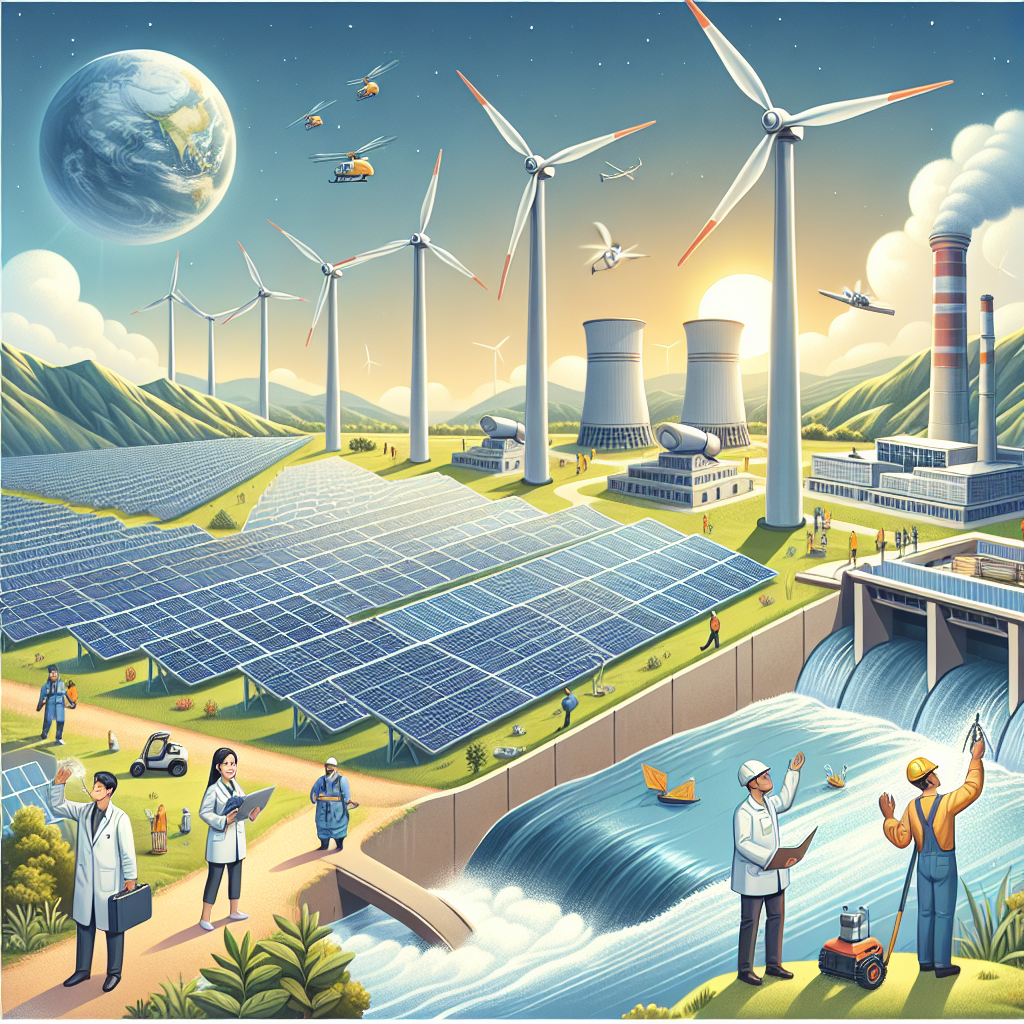WMO-WTO Report Highlights Trade’s Role in Powering the Net-Zero Transition
The WTO is positioned to play a vital role in facilitating renewable electricity trade by addressing trade frictions and inefficiencies.

At COP29 in Baku, the World Meteorological Organization (WMO) and World Trade Organization (WTO) launched their first joint report, "Supporting the Renewable Electricity Transition through Trade: Unlocking Re-Globalization Opportunities via Interconnection." The report underscores the critical role of cross-border electricity trade in accelerating the global shift to renewable energy while reducing costs and improving energy security.
The Case for Cross-Border Renewable Energy Trade
Renewable energy sources such as solar, wind, and hydropower are geographically uneven, with generation depending on local weather conditions and resources. The report highlights how electricity trade can bridge spatial and temporal gaps in supply and demand. Currently, less than 3% of electricity generated globally is traded across borders, representing just $132 billion in 2023. This underutilization signals immense potential for scaling up renewable electricity trade to achieve climate goals under the Paris Agreement.
"Cross-border trade in renewable electricity can help even out mismatches in energy supply and demand, making national grids more efficient while ensuring security of supply," said WMO Secretary-General Celeste Saulo and WTO Director-General Ngozi Okonjo-Iweala in the report’s foreword.
Infrastructure and Trade Opportunities
The report draws parallels between electricity interconnector cables and other global trade networks, such as submarine telecommunications cables, which span 1.4 million kilometers and underpin the internet. A similar approach to expanding electricity grids could create transformative trade opportunities for both developed and developing nations.
However, the development of cross-border interconnection projects faces challenges:
Prolonged timelines: Projects can take 10–15 years to plan, gain permissions, and implement.
Financing gaps: Renewable electricity investments require significant upfront capital.
Supply chain bottlenecks: Delays in critical component deliveries can stall progress.
Regulatory hurdles: Lack of transparency in approval processes hampers efficient rollout.
To address these barriers, the report calls for coordinated international efforts to improve financing accessibility, streamline project approvals, and address trade inefficiencies in environmental goods and services.
Renewable Trade as a Driver of Development
The report highlights that some least-developed countries are already benefiting from renewable electricity exports. For instance, countries with abundant solar and wind resources are leveraging these advantages to generate export revenue while contributing to global decarbonization. Expanding the network of overland and undersea cables to connect national grids could amplify these opportunities, enabling nations to capitalize on their comparative energy-generation strengths.
The Role of WTO in Renewable Energy Trade
The WTO is positioned to play a vital role in facilitating renewable electricity trade by addressing trade frictions and inefficiencies. Existing agreements and cooperative initiatives could be instrumental in:
Attracting financing for capital-intensive renewable projects.
Liberalizing trade in environmental goods and services.
Ensuring fair and equitable access to energy trade opportunities for all nations.
Bridging Gaps and Unlocking Global Potential
The report emphasizes the urgency of cross-border electricity trade in supporting the net-zero transition. By creating a global electricity grid infrastructure akin to current telecommunications networks, the world can significantly reduce the costs of energy transition, enhance resilience, and foster greater economic cooperation.
Additional Insights
To further bolster renewable energy trade, experts at COP29 proposed leveraging artificial intelligence (AI) and digital twins to optimize grid interconnection efficiency and forecast energy flows. Innovative financing models, such as green bonds and blended finance, were also identified as key tools for attracting private investment.
The WMO-WTO collaboration illustrates the power of trade as a lever for climate action and sustainable development, demonstrating that renewable electricity trade can unlock unparalleled opportunities for re-globalization while safeguarding the planet’s future.










